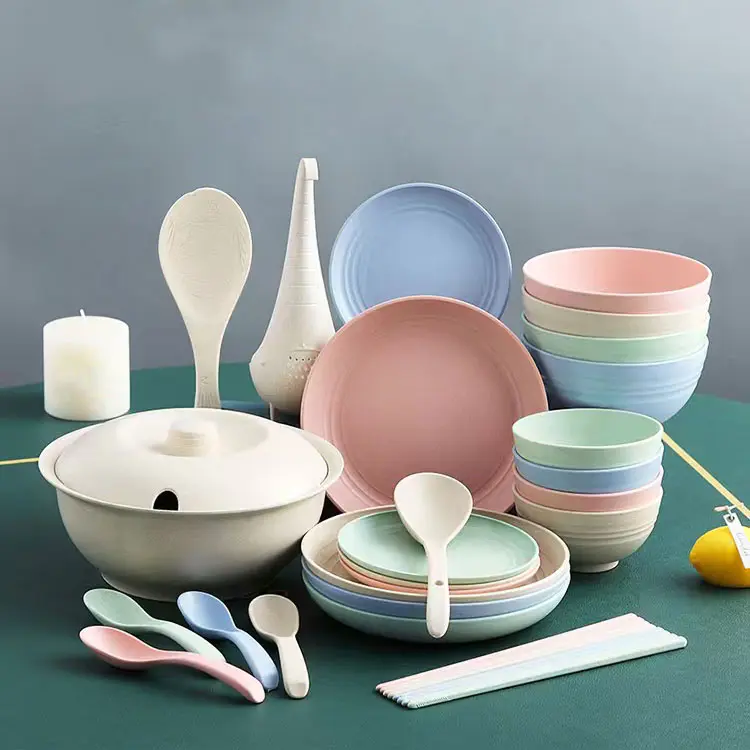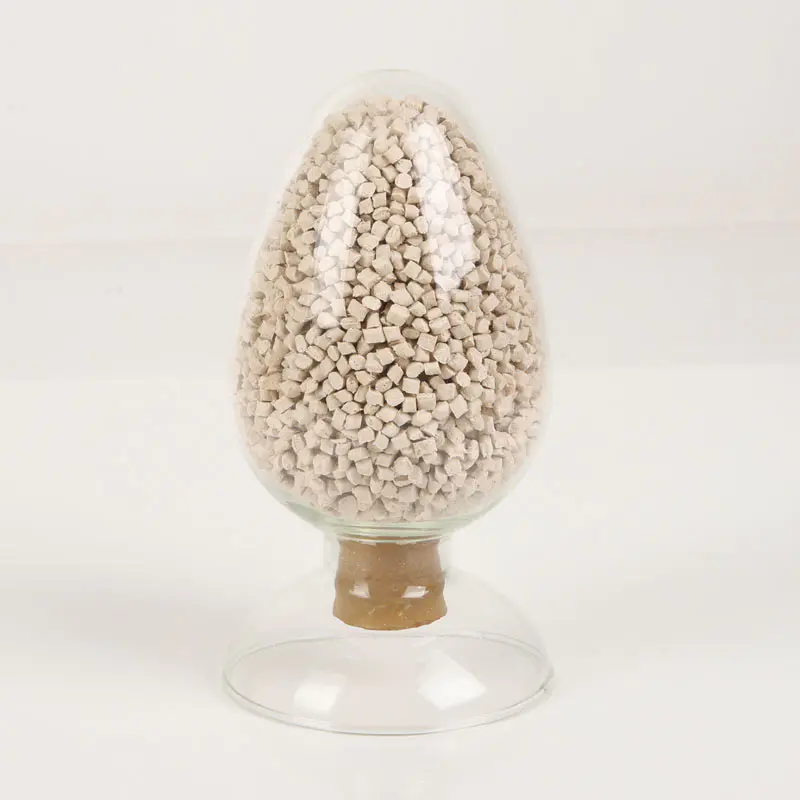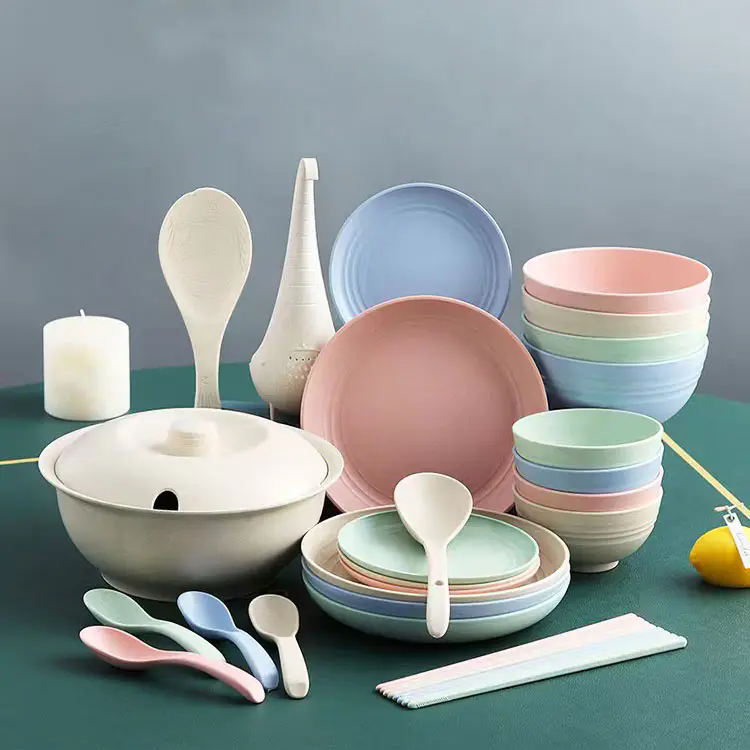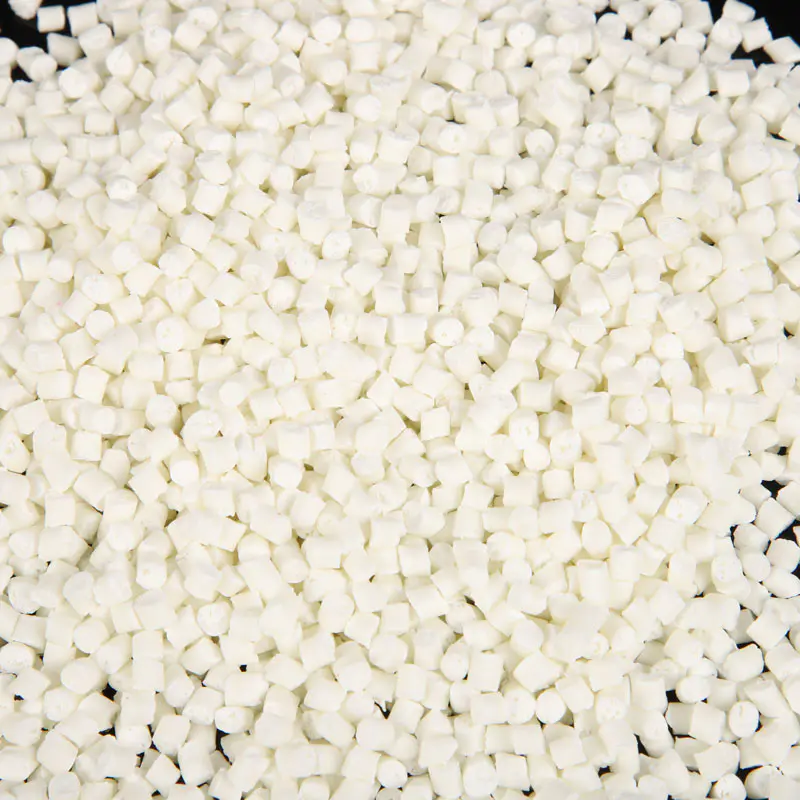Bio-based Plastic
On the cutting-edge track of bio-based plastics, Jiangsu Jinhe leads the industry and participates in the drafting of the "National Standard for Straw Bio-based Plastics", always leading the way with excellent quality. Our bio-based plastics come in the form of fine powders with small, narrow particle sizes and unique shapes.
For injection molding companies, the advantages are obvious. High fluidity makes the injection molding process smooth and unobstructed, greatly improving production efficiency; excellent thermal stability ensures that products can still maintain precise molding in high-temperature injection molding environments, effectively reducing the defective rate; excellent compatibility is suitable for all types of injection molding equipment. Seamlessly connect your production lines. And the price is reasonable. It can not only optimize product characteristics, help you create high-quality injection molded parts, but also significantly reduce material loss, and fully empower your injection molding business. It is an ideal choice that you should not miss.
Advantages
The injection molding industry is moving towards change, and Jiangsu Jinhe bio-based plastics is leading the forefront. Our straw, bamboo fiber, coffee grounds fiber and starch-based plastics are made from natural materials and cleverly utilize biomass resources, greatly reducing dependence on petroleum-based products, which not only stabilizes the supply of raw materials, but also reduces the risk of cost fluctuations.
PLA polylactic acid plastic is the trump card. It has excellent fully degradable and environmentally friendly properties. It is derived from acrylic acid and polylactic acid extracted from pure plants and is forged with fine craftsmanship. Abandon harmful substances such as polyvinyl chloride and phthalates, ensure product safety from the source, and protect the precision injection molding fields such as toys and baby products. Let your products be labeled as "green" and "high-end" and sell well around the world.
As far as environmental protection is concerned, bioplastics are a game-changer. Looking back at the dilemma of plastic recycling in the United States, the recycling rate in 2005 was only about 6%. The emergence of bioplastics is reshaping the recycling pattern and promoting a green circular economy. Join hands with Jiangsu Jinhe to start a glorious new journey in injection molding and build an ecological future together.
Determination of content
Due to technical problems, most bioplastic products at home and abroad are hybrid products of bioplastics and synthetic plastics. Having more biocontent means having more biocomponents that are more environmentally friendly, so differentiating consumer bioplastic products becomes even more important. The USDA ranks products with more biological ingredients higher than those with less. Belgium adopts star classification for biological products. Products with 20-30% bio-based ingredients are rated one star, 30-40% are rated two-star, and so on.
These policies are defined based on biocarbon content, evaluated as a percentage of biocarbon content and total carbon content. ASTM D6866 is a test method developed by the American Society for Testing and Materials to quantify the precise percentage of total biocarbon and fossil carbon content in test samples.
Facing Problems
1. Price issue. Bioplastics are currently two to three times more expensive than ordinary plastics, which hinders the rapid popularization of this type of material. Some Japanese companies use bioplastics in their products, mainly to establish the company's environmental image. However, once bioplastics enter the mass production stage, the cost can be greatly reduced.
2. Bioplastics, like biofuels, may compete with people for food. Biofuels come from corn, wheat and other food crops, which will drive up world food prices. Bioplastics based on corn and other raw materials may also cause the same problem. Scientists in Japan, the United States and other countries have begun to use waste wood, wild grass, etc. to make bioplastics.
3. The supply of bioplastics is still limited. Product prices remain driven to some extent by oil prices.
4. End-of-life management issues of bioplastics. The focus is on the problem of contamination of the regeneration stream by PLA bottles. Although current PLA levels do not yet pose a serious pollution threat, large quantities of PLA bottles would be harmful to the recycling economy of PET bottles.
5. There is a lack of unified labeling method for bioplastics.
6. Consumer awareness of bioplastics is increasing, but most consumers do not know how to identify these materials—such as biomaterials versus biodegradable materials, or renewable materials versus recycled content—and how to weigh different attributes. Therefore, it is important to strengthen publicity to consumers, such as accurately explaining the definitions of relevant terms. Additionally, consumers have little understanding of the best disposal routes for biodegradable materials. It is also important for the bioplastics industry to strengthen marketing to overcome the distrust of some consumers.
7. Global warming issue. Bioplastics can biodegrade to varying degrees, pointing the way for the world to no longer rely on petroleum to produce plastics. But manufacturers’ “green argument” is complex and environmentalists have reservations about it. Producing bioplastics produces carbon dioxide, which contributes to global warming.
8. Doubts about the safety of genetically modified materials. The raw materials for bioplastics are crops—corn, switchgrass, sugar cane, even sweet potatoes—that require land and water to grow. To promote fermentation, manufacturers often use genetically modified organisms, and there are some drawbacks to recycling this plastic.
- View as

Biodegradable Plastic

Eco-friendly Bio-based Plastic

Sustainable Bio-based Plastic

Bio-based Plastic Granules
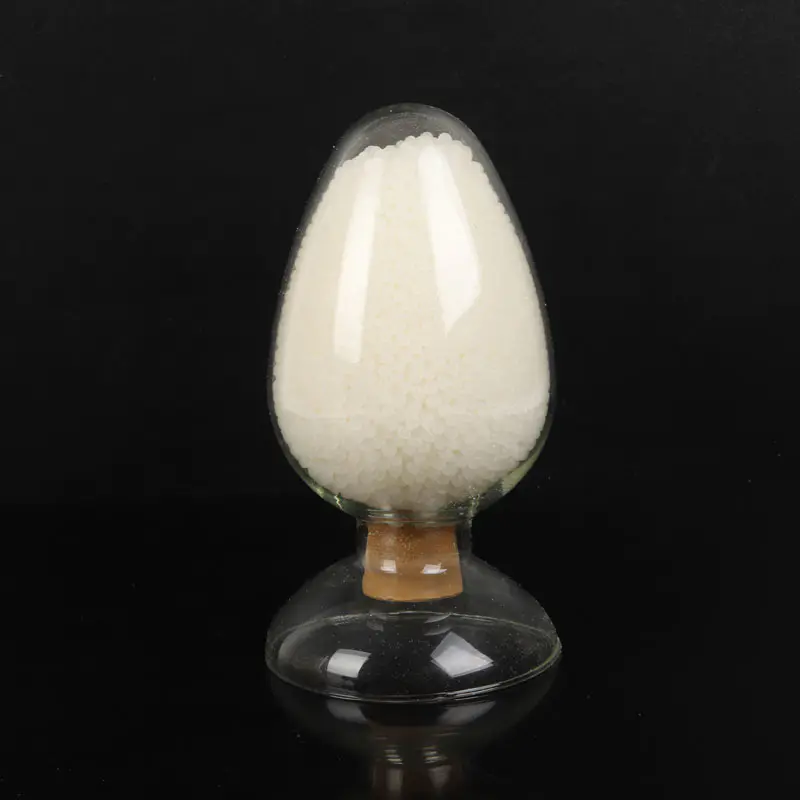
Rapidly Degradable Bio-based Plastic







